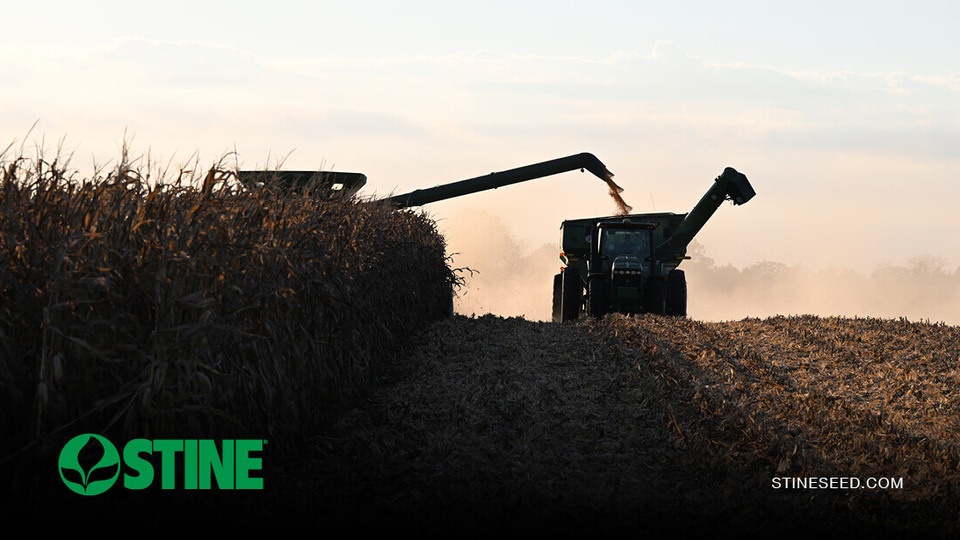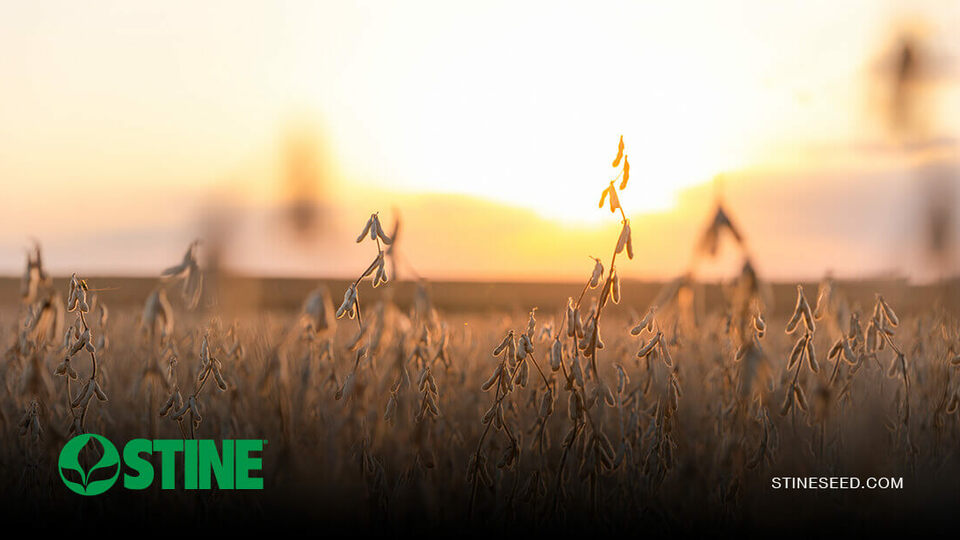Maximizing Effectiveness of LibertyLink® GT27™ Technology with Glyphosate and Glufosinate
January 2019Maximizing Effectiveness of LibertyLink® GT27™ Technology with Glyphosate and Glufosinate
If seed sales are any indication, growers are ready for LibertyLink® GT27™ brand soybeans this planting season. This exciting new technology is the first commercially available soybean trait package that offers built-in tolerance to both glyphosate and glufosinate, which means that growers who plant Stine LibertyLink® GT27™ soybeans will benefit from outstanding weed control and unparalleled flexibility in weed management options. That being said, when growers ask us about the product, their main concern tends to be if they can spray both glyphosate (Round-Up®) and glufosinate (Liberty®) on the beans at the same time. The short answer is yes. But there are a few more complexities to consider before you tank mix.
Before combining the two chemistries in tank mixes, it’s important to observe the following recommendations.
- Glyphosate, a Group 9 herbicide, tends to work slowly, approximately 7–14 days, and is recommended to be sprayed with coarse to large-sized droplets in 5–10 gallons of water per acre. It is a systemic, translocating herbicide that inhibits the EPSP synthase pathway and blocks essential amino acids that are necessary for the photosynthetic processes of the plant.
- Glufosinate, a Group 10 herbicide, tends to work very quickly, within 24–72 hours, and is recommended to be sprayed with medium to coarse sized droplets in 15–20 gallons of water per acre. It is a contact, semi-translocating herbicide that inhibits glutamine synthetase. It mainly kills by inhibiting a plant’s ability to utilize nitrogen and causing ammonia within the plant to become toxic to the plant.
- It is best to utilize these products in a sequential-combined application. Use glyphosate in burndown combinations with other effective modes of action and residual herbicides. For post-emergent applications, combine glyphosate and glufosinate with additional effective modes of action and residual herbicides. This provides the best chance of overcoming nature’s ability to adapt and combat herbicide resistance.
- For optimum weed control and long-term effectiveness of the trait system, it is recommended to utilize three effective site-of-action herbicides per application with one of those being a soil-applied residual herbicide.
- Always utilize the “most restrictive” label for guidelines. In this case, that would be glufosinate (Liberty).
- Spray volume should be applied in the 15–20 gallons per acre window.
- 5–3 pounds of ammonium sulfate should be used per acre.
- Target medium to coarse droplets. A good rule of thumb is volume per acre plus pressure should equal 60. For example, if you are spraying 15 gallons, then pressure should equal 45 psi.
- DO NOT use the addition of non-ionic surfactants.
- DO NOT apply during periods of heavy dew or fog. If relative humidity is low, increase droplet size to coarse droplets to counteract evaporative loss. DO NOT apply after two hours before sunset.
- Anti-foam agents may help prevent excessive foaming.
- DO NOT apply after R1 growth stage.
- Rainfast = 4 hours
NOTE: Growers should always read and follow all herbicide label directions and adhere to both federal and state regulations for applications. For questions about usage recommendations and restrictions, please contact a certified herbicide applicator or an extension weed specialist.
Related Articles
-

Soil sampling sets the stage for spring
November 2025 in Agronomy
-

Corn production growth paves way for more high-performing Stine® hybrids
November 2025 in Agronomy
-

Stine harvest roundup: Part 2
October 2025 in Agronomy
-

Stine harvest roundup: Part 1
October 2025 in Agronomy



